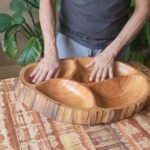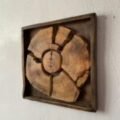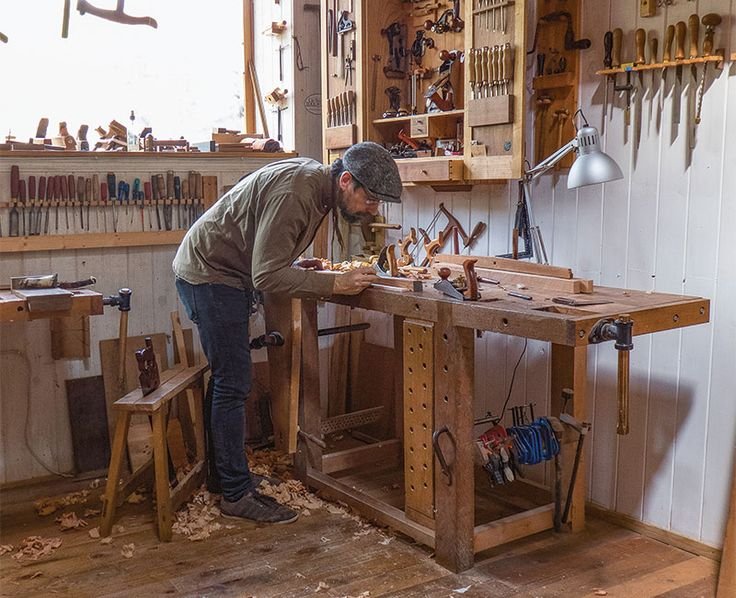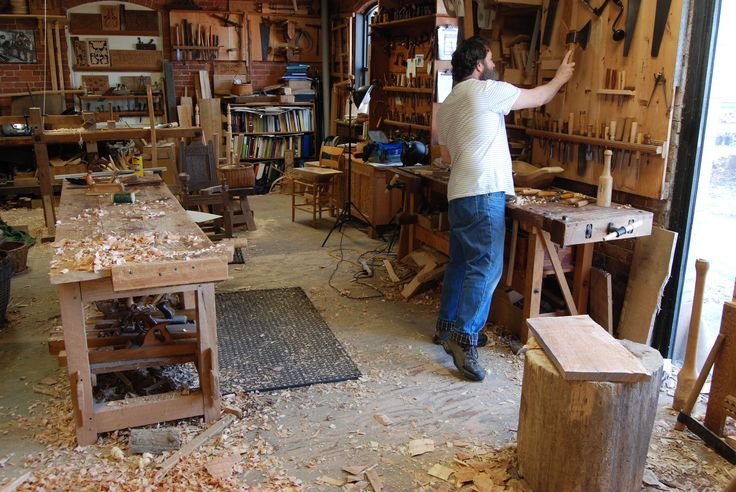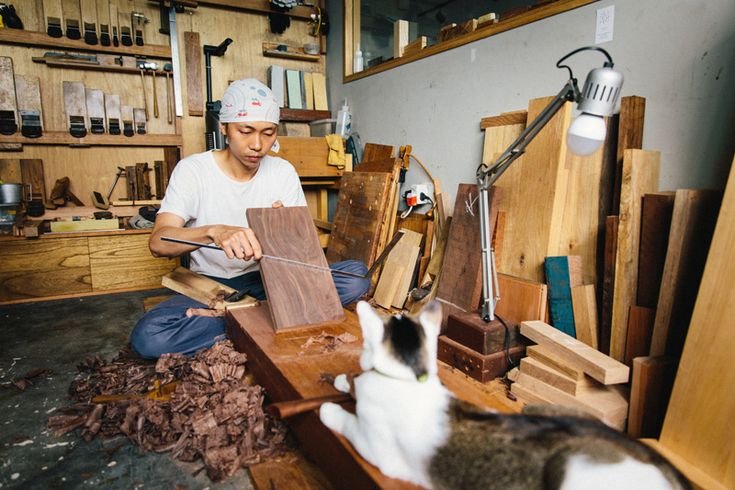Finding My Way with Gauges in the Woodshop
You know, there’s something about the smell of freshly cut wood that just hits differently. It’s like a comforting embrace from the earth itself. I remember the first time I ventured into the world of woodworking, I was excited—wild-eyed, really—with visions of creating beautiful furniture for my little home in this small town. Armed with a cup of black coffee and just a handful of tools, I thought, “How hard can it be?”
Well, let’s just say that my overconfidence took me on a bumpy ride. I had a vision of crafting a simple coffee table, something that would make a statement in my living room. I went down to the lumber yard and got me some good old oak, the kind that smells sweet when you cut into it. Perfect, right? Just the right wood for a rustic look.
But there was one little detail that slipped my mind entirely: the importance of a good gauge.
The Clumsy Start
On that sunny Saturday afternoon, my garage turned into a scene of chaos. I remember my neighbor’s dog barking outside as I set up my makeshift workshop. I had my circular saw, a miter saw, and just a smattering of clamps scattered around. I figured I’d eyeball my cuts. After all, wood is just a natural material, and I could always sand it down later, right?
Ha! If only it were that simple.
I started cutting pieces for the tabletop, claiming, “This will be easy.” But after my third cut, I realized I was off—way off. I stood there scrunching my face, contemplating how I could have measured wrong. It seemed like I was trying to solve a riddle without a clue. My anger quickly turned to doubt, and I almost gave up. “Maybe I should stick to yard work,” I thought, slumping against some scrap wood.
Realizing the Need for a Gauge
That’s when my good buddy Sam stopped by. He’s a retired carpenter, and where I had those dreamy visions of grandeur, he had the practical wisdom of years spent in the trade. Seeing my frustration, he just chuckled and hit me with the old adage about “measure twice, cut once.” I’d heard it a million times from every DIY article I skimmed, but there I was, a walking example of everything you shouldn’t do.
Sam brought over a couple of different gauges—one was a plain old marking gauge, and the other was this nifty digital caliper that beeped when you got it right. He showed me how to use the marking gauge, and I felt like a kid learning to ride a bike with training wheels.
“Take your time,” he said, his voice steady. “There’s no rush.”
The Learning Curve
So, I started marking again, taking my time—really, I mean it this time. I felt somewhat ridiculous, to be honest, measuring every inch and double-checking my work. But let me tell ya, that little device made a world of difference. The cuts started falling neatly into place, and that aroma of fresh-cut oak started feeling like a celebration instead of a disaster waiting to happen.
Now, here’s the kicker: I almost forgot to compensate for the thickness of the saw blade. I was so caught up in getting the measurements right that I almost made another mistake. I caught myself just in time and let out a sigh of relief. It’s these little lessons that really stick with you. Just when I thought I had it all figured out, bam! Something else could trip me up.
The Triumph
Eventually, after what felt like an eternity, I glued my parts together. The tabletop came together, stunning even in its rustic charm. I even had a few knots and imperfections that I had come to appreciate—not every piece of wood is perfect, after all. It’s character, I tell ya.
When I finally finished that table, took a step back, and saw it in all its glory, I couldn’t help but laugh. I actually did it! I felt a weird mix of pride and disbelief, like I’d just landed a perfect backflip after tumbling through the air.
The Takeaway
So, here’s the thing, my friends. If you’re thinking about diving into woodworking, don’t get caught up in the shiny tools and grand dreams right away. Grab yourself a decent gauge—even a simple one—because, trust me, those little measurements can save you a lot of heartache down the line.
And remember, it’s okay to stumble a bit. I almost tossed in the towel when things weren’t going my way, but in the end, it all tied together. The joy of creating something with your hands, well, that’s worth every ounce of doubt and every coffee-fueled late night.
In a world where everything seems to rush by, take your time with your projects. Enjoy the messiness of it all. If you mess up, so what? You might just end up with something that doesn’t just look good, but makes you feel a little more accomplished—something that you can cherish for years to come. So, grab that coffee, hold your gauge tight, and just go for it. You never know what you might create.



